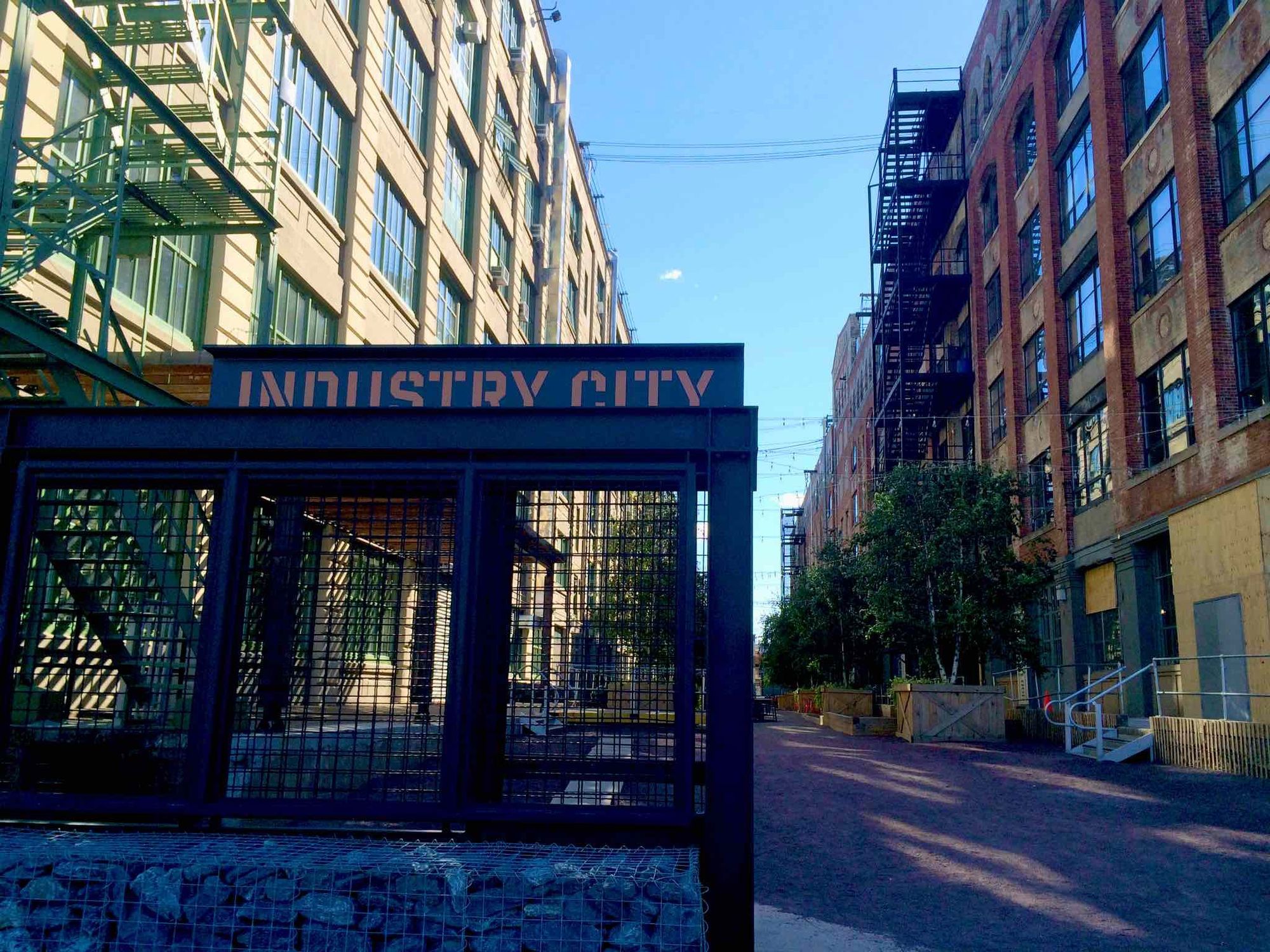Time to Put an End to New York City’s Racist Rezonings – OPINION

This past week an appeals court in New York reversed a state supreme court judge’s decision to block a controversial 59-block rezoning of Inwood in upper Manhattan spearheaded by the De Blasio administration. The Inwood rezoning had been put on pause after the advocacy group Northern Manhattan is Not for Sale challenged the city’s development plans on the basis that officials had failed to consider the socio-economic and racial impact of the rezoning on tenants and minority and women-owned businesses (M/WBEs).
The success of the group’s 2018 lawsuit seemed poised to set a precedent that would have compelled the City to consider the demographic impact of rezonings and make the land-use review process more equitable. With the appeal court’s recent decision, however, New York’s legacy of racist rezonings is left intact and free to continue once the city resumes its land-use review process next month.
For decades New York City’s planners and elected officials have given the green light to neighborhood rezonings of Black and brown communities, ushering in luxury housing and retail while neglecting investments in affordable and public housing, hospitals, and schools. From redlining and the public works of Robert Moses to the rezonings of Mayor Bloomberg and now Mayor DeBlasio, policymakers have been uprooting communities of color for decades in the name of “urban renewal” and to the benefit of the real estate industry.
These rezonings have not only been responsible for pushing low-income New Yorkers of color out of their homes and towards the city’s peripheries but have also led to the overcrowding in the communities of color that saw some of the highest rates of COVID-19 infections. Recently, the Association for Neighborhood Housing & Development showed that the communities worst hit by the coronavirus were the same communities that have also been disproportionately impacted by hospital closures over the past three decades. Neighborhoods like Jackson Heights and Elmhurst Queens, the epicenter of New York’s pandemic, saw the closure of St. John’s Hospital in 2009 only to have it sold to private developers who converted the hospital into luxury housing.
In Sunset Park, the working-class and immigrant community that I hope to represent, we have seen over 2,300 of our neighbors infected by COVID-19, growing demand for food assistance, and hundreds of families on the verge eviction. Adding to this crisis, a consortium of foreign and domestic developers have invested over $1.3 Billion in transforming the Sunset Park waterfront into a luxury mall and offices for commercial tenants. This development, known as Industry City, has already led to real estate speculation and increased rents for small businesses and compounded the housing insecurity felt by thousands of working-class Brooklynites trying to get by in the midst of a pandemic and record unemployment.
As the city re-opens its land-use review process and prioritizes applications for review, it must do so with an urgent consideration of the current racial and economic context and the disproportionate vulnerability of immigrant and working-class families during this economic and health crisis. Enlarging luxury developments like Industry City is not the priority for working-class New Yorkers nor should these development projects be seen as serving the interest of equitable economic development and a just recovery. As the owners of Industry City reconsider their rezoning application, they should recognize the inherent racism in their proposed vision and the fact that this city does not need more luxury mega malls like the troubled Hudson Yards.
New York City’s current land-use review process has been complicit in perpetuating racial and economic inequality in this city for decades. The process is not only racist, but it is undemocratic and prioritizes the short-term interests of real estate developers over the long-term needs of everyday New Yorkers. This broken process dictates who gets to live in a neighborhood and who has to move out. It decides how we build and who we build for. And it sets up white and wealthy communities for health during a pandemic, while destining low-income New Yorkers of color to overcrowded homes and death.
The Mayor and current City Council have the power to put an end to our racist planning mechanisms. Our representatives can force a racial impact study in all rezoning applications, vote down land use applications that threaten to displace communities of color, and replace the current developer-led land use review process with a community-led and comprehensive one.
Now is the time for our New York to dismantle the roots of systemic racism and inequality in policing, education, and importantly–land use. New Yorkers are demanding that our elected representatives address racial injustice through their actions and not just their words. If our officials don’t act to put an end to racist rezonings, New Yorkers and a new generation of elected officials will.




